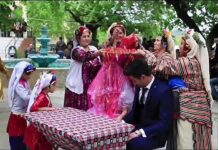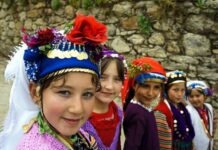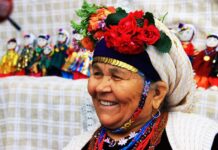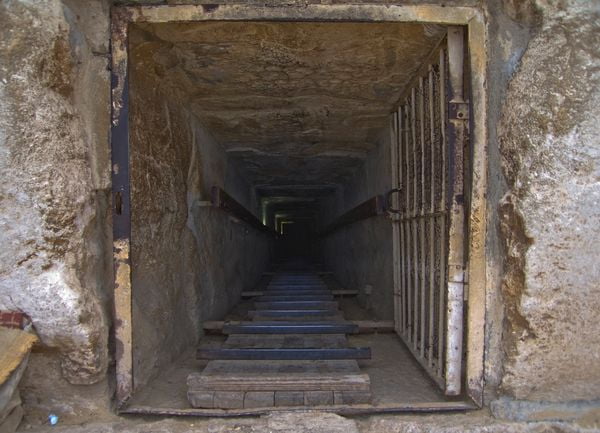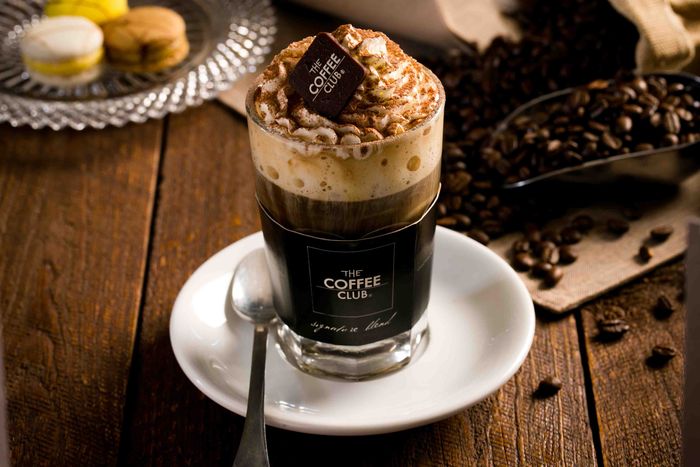The icon seems to have been in some sort the channel through which the saint was approached; it has an almost sacramental virtue in arousing sentiments of faith, love and so on, in those who gazed upon it; through and by the icon God worked miracles, the icon even seems to have had a kind of personality of its own, inasmuch as certain pictures were specially efficacious for certain graces. Icons were crowned with garlands, incensed, kissed. Lamps burned before them, hymns were sung in their honour. They were applied to sick persons by contact, set out in the path of a fire or flood to stop it by a sort of magic. In many prayers of this time the natural inference from the words would be that the actual picture is addressed.
If so much reverence was paid to ordinary images “made with hands”, how much more was given to the miraculous ones “not made with hands” (eikones acheiropoietai). Of these there were many that had descended miraculously from heaven, or — like the most famous of all at Edessa — had been produced by our Lord Himself by impressing His face on a cloth. (The story of the Edessa picture is the Eastern form of our Veronica legend). The Emperor Michael II (820-9), in his letter to Louis the Pious, describes the excesses of the imageworshippers:
They have removed the holy cross from the churches and replaced it by images before which they burn incense…. They sing psalms before these images, prostrate themselves before them, implore their help.
Godparents for their children
Many dress up images in linen garments and choose them as godparents for their children. Others who become monks, forsaking the old tradition — according to which the hair that is cut off is received by some distinguished person — let it fall into the hands of some image. Some priests scrape the paint off images, mix it with the consecrated bread and wine and give it to the faithful. Others place the body of the Lord in the hands of images from which it is taken by the communicants. Others again, despising the churches, celebrate Divine Service in private houses, using an image as an altar (Mansi, XIV, 417-22).
These are the words of a bitter Iconoclast, and should, no doubt, be received with caution. Nevertheless most of the practices described by the emperor can be established by other and quite unimpeachable evidence. For instance,St. Theodore of the Studion writes to congratulate an official of the court for having chosen a holy icon as godfather for his son (P.G., XCIX 962-3). Such excesses as these explain in part at least the Iconoclast reaction of the eighth century. And the Iconoclast storm produced at least one good result: the Seventh Ecumenical Synod (Nicaea II, 787), which, while defending the holy images, explained the kind of worship that may lawfully and reasonably be given to them and discountenanced all extravagances.
Read More about A Dark-Brown Dog part 3

